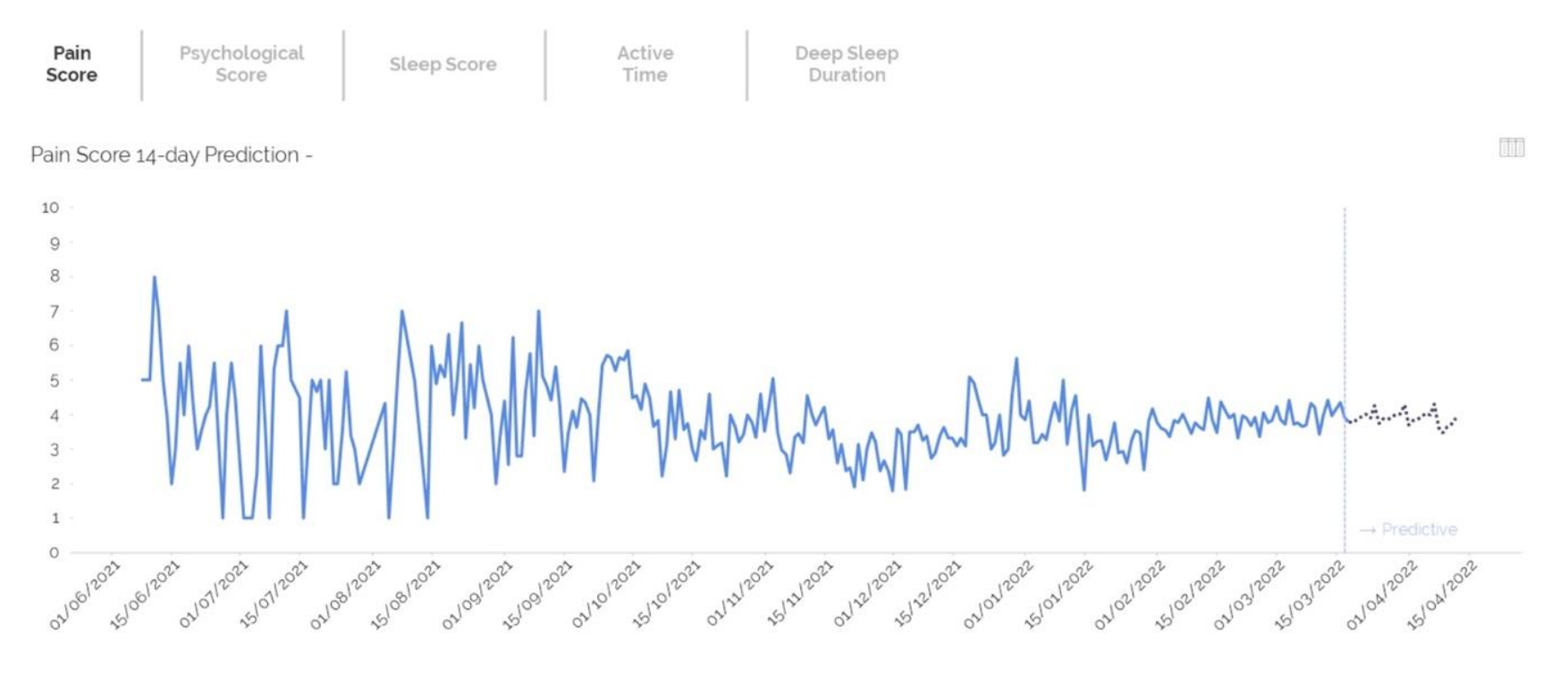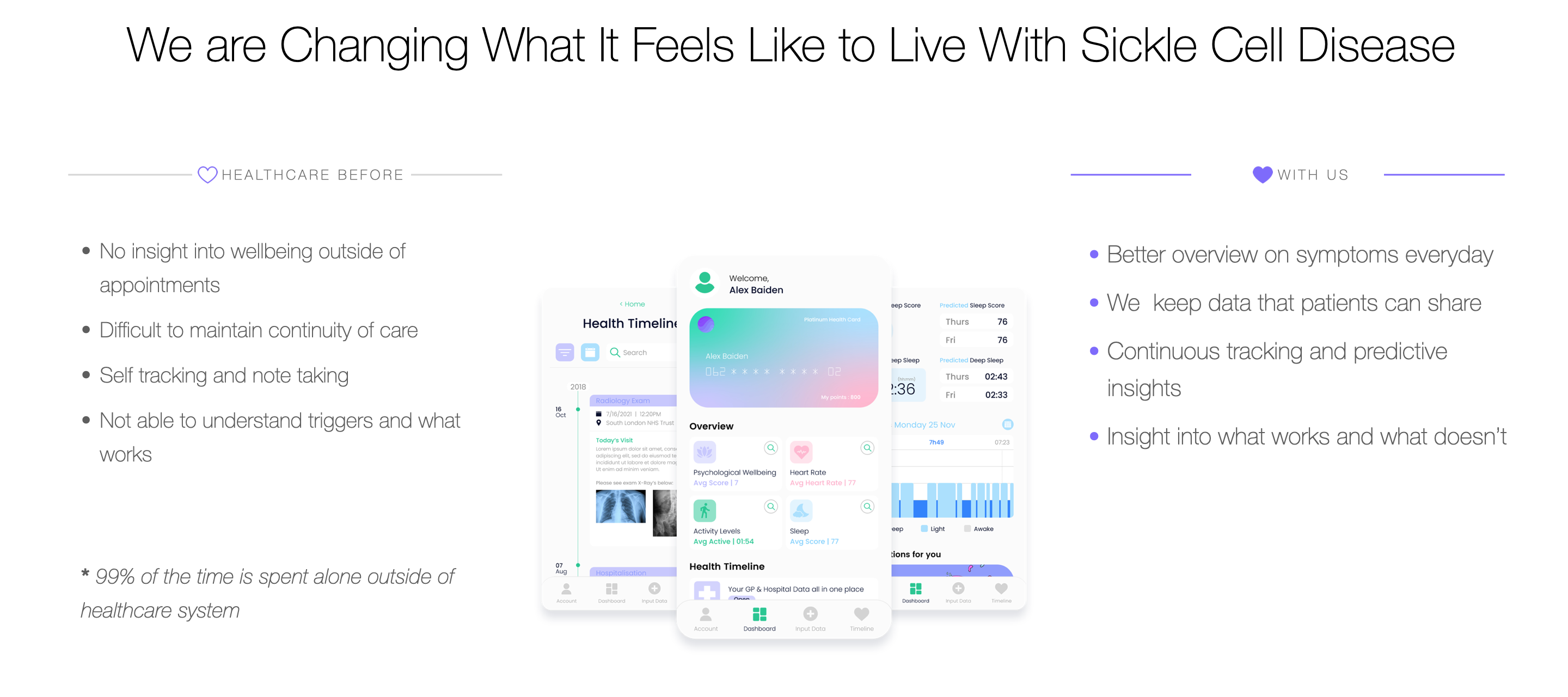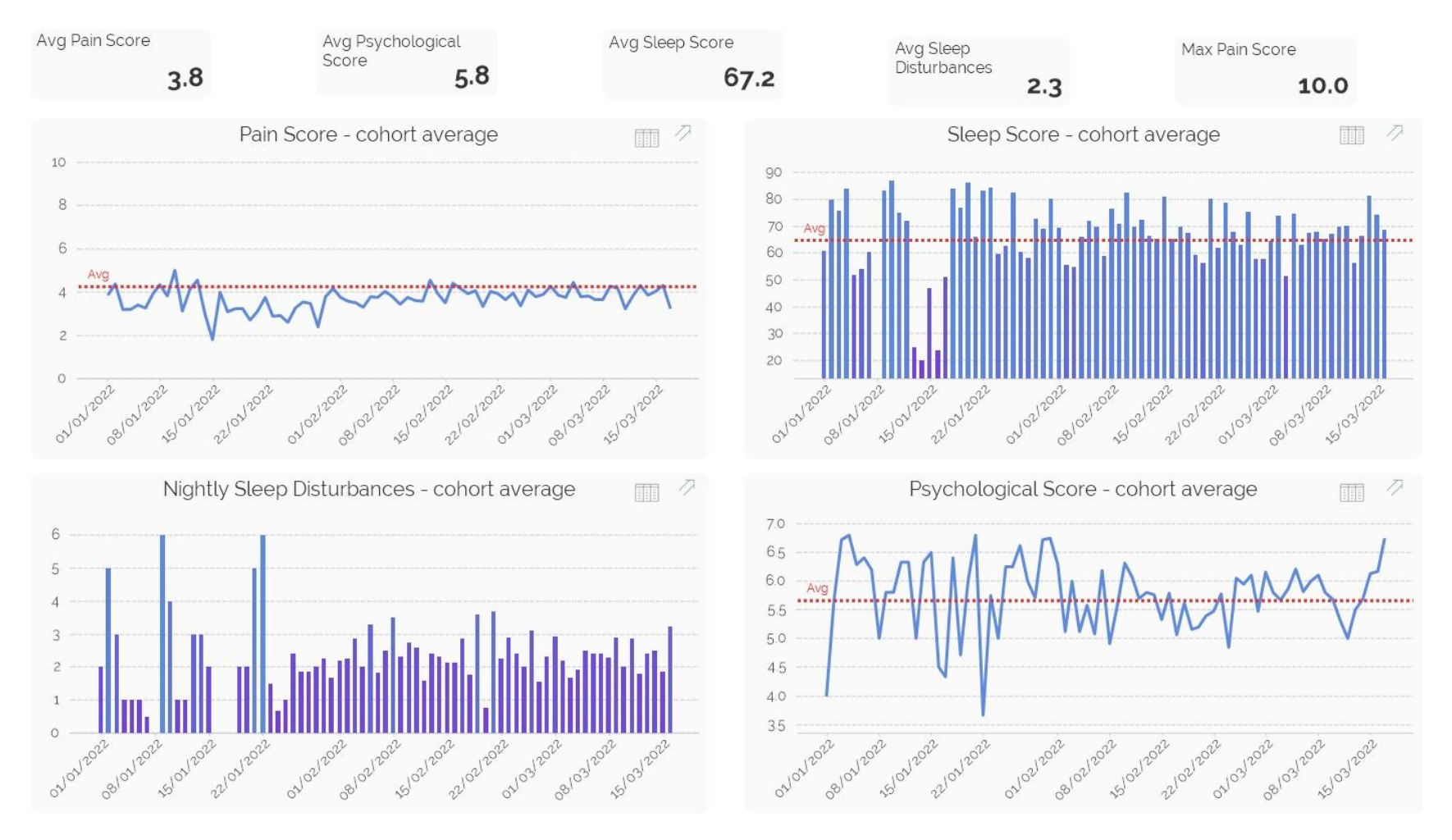< Back to Sanius content
Managing an Ultra-Rare Disease with Sanius
Hello, I’m David Rose and I have an ultra-rare disease called Occipital Horn Syndrome (OHS).
OHS is an X-linked recessive mitochondrial and connective tissue disorder that was previously considered a variant of Ehlers-Danlos Syndrome. It is caused by a deficiency in the transport of the essential mineral copper, associated with mutations in the ATP7A gene. It’s been very exciting and insightful so far being in the Sanius Health ecosystem and collecting all my data through the watch. It’s my pleasure to share some of the features and my experiences of the Sanius ecosystem and how I feel it’ll impact my life with a rare disease.

Before the watch came, I registered my hospitals and condition – it’s an easy onboarding process. The watch collects data from the user in the background, such as steps, ECGs, and oxygen levels – all very useful information for people with a rare disease or any health condition. The Sanius app collects activity levels, sleep scores, pain, and psychological wellbeing.

The app is so intuitive to use. Logging my pain and psychological data each evening is quick – I would say it’s 5 minutes daily. The personalised generated infographics look great and. I can see immediately all my moving averages. I can see my psychological wellbeing, heart rate, pain, activity levels and sleep scores effortlessly. It’s useful for me to look at and track myself. Currently, my main pain is coming from my bladder and kidney, and my muscular issues are not too bad, it will be interesting to see how everything increases or decreases when my pain becomes severe all over my body.The data being collected is shared with my healthcare professionals. I’ve seen many healthcare professionals ask for quantitative data from me, whereas I typically speak broadly in qualitative data ways. The Sanius ecosystem collects both qualitative and quantitative data – which is fantastic.

Having to remember to log the data took a couple of days to get used to – I set reminders for myself, it’s no different to me taking medications. Obviously, the more you wear the watch and the more you log your levels daily, the better the predictions become and the more accurate your averages become. Using the app has made me far more conscious in a good way of my daily pain levels. Whether it’s right or wrong, I’ve probably dealt with my pain by trying to pretend it’s not there – as difficult as that may be. Being honest with myself each evening and logging how much pain I’ve been in during the day is important. Being in the Sanius ecosystem makes me check in with mental health as well, which is great. Mental health very often is a part of rare diseases. I would say my mental health has fluctuated over the years – normally it’s aligned with how ‘well’ I’m doing physically. I feel extremely frustrated with being ill all the time and it has a knock-on effect on my mental health. I’m now checking in with myself daily and it’s been interesting to see all the different results since using the app. The unpredictable pain and sleep patterns are some of the hardest parts of having my rare disease. When you combine an unpredictable rare disease and a busy life in general, it can be very challenging. If inputting as much data as I can, can help me, I’m all for it. Rare disease patients must advocate for themselves – being in the Sanius ecosystem is going to help me, I can tell. In many ways, I feel I’m extremely organised, but also extremely disorganised with managing all the many facets of my rare disease life. Having everything digitally in one place is a lot easier than paper records. I can now run all my symptom management effortlessly through being in the ecosystem and I’m really excited to see where this goes. I’m often asked by healthcare professionals when I see them about my symptoms and the severity, and I find it hard to give an answer normally. I’ve been active in the rare disease community for a long time. I’ve seen first-hand how incredible healthcare technology is – especially within wearable technology. I’m really excited for the rare disease patient community. I love being involved in collecting data for Occipital Horn Syndrome and I can see it making a difference for me personally, but also the wider community. I also love being part of a community – I’m often overlooked or don’t fit in anywhere because my rare disease has no patient group, research, or community as such, given the nature of how rare it is. I feel that being in the Sanius community is a chance for me to be personally involved in potentially shaping future outcomes for my rare disease. Finally, throughout my many years of being involved in the rare disease community, is I’ve seen that a large percentage of rare disease patients are keen to be involved in research or projects. Individuals using the Sanius app and logging all their data into the ecosystem are making a real positive impact for the future of their rare disease.
The patient experience shared.
Join the Sanius Health Community
Register your interest below and a member of our team will follow up with you soon.
